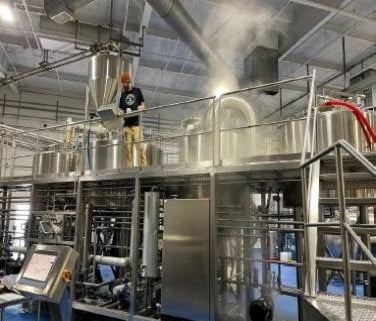How to choose the right industrial fermenter
Industrial fermenters play a vital role in modern biotechnology, food production, and pharmaceutical industries. But what exactly are these devices, and why are they so important?
What is an Industrial Fermenter?
An industrial fermenter is a large-scale bioreactor designed for the controlled growth of microorganisms or cells to produce valuable biological products. These products range from antibiotics and vaccines to enzymes and biofuels. Think of it as a massive, high-tech brewing system—except instead of just producing beer, it can create a myriad of essential products.
Industrial fermenters are equipped with advanced control systems to maintain optimal environmental conditions such as temperature, pH, oxygen levels, and agitation. These factors are crucial for maximizing yield and ensuring the quality of the final product.
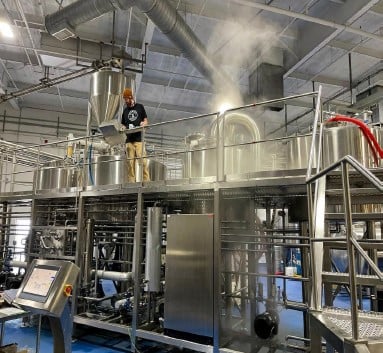
The Importance of Industrial Fermenters in Industrial Production
Why are industrial fermenters so significant? Let’s break it down:
- Food Industry: Fermenters are pivotal in the production of items like yogurt, cheese, soy sauce, and alcoholic beverages. The precise control of fermentation conditions ensures consistent taste and quality.
- Pharmaceuticals: They’re indispensable in producing life-saving drugs such as insulin, vaccines, and antibiotics. Without industrial fermenters, the large-scale production of these medicines would be nearly impossible.
- Biotechnology: In biotech, fermenters are used to grow genetically engineered microorganisms that produce enzymes, biofuels, and other specialized chemicals. These products drive advancements in sustainable energy and industrial efficiency.
Simply put, industrial fermenters are the backbone of many essential industries, helping to scale up production while maintaining quality and efficiency.
Different Types of Industrial Fermenters
Industrial fermenters come in various shapes and sizes, each designed for specific applications. Here are some common types:
1. Batch Fermenters
Batch fermenters operate in discrete cycles. Substrate and microorganisms are loaded, the fermentation process occurs, and the product is harvested at the end.
- Advantages: Simple operation, low initial cost, and suitable for small-scale production.
- Disadvantages: Downtime between batches and limited productivity.
- Applications: Ideal for producing antibiotics and certain enzymes.
2. Continuous Fermenters
In continuous fermenters, fresh substrate is continuously added while the product and waste are simultaneously removed. This allows for uninterrupted production.
- Advantages: Higher productivity and consistent product quality.
- Disadvantages: Complex operation and higher risk of contamination.
- Applications: Used in large-scale production of biofuels and specific pharmaceuticals.
3. Fed-Batch Fermenters
Fed-batch fermenters combine aspects of both batch and continuous systems. Nutrients are added incrementally during fermentation to maintain optimal conditions.
- Advantages: Greater control over the process and higher yields.
- Disadvantages: Requires careful monitoring and control.
- Applications: Widely used for insulin and vaccine production.
4. Anaerobic Fermenters
These fermenters are specifically designed for processes that occur in the absence of oxygen, such as biogas production.
- Advantages: Efficient for certain biochemical processes.
- Disadvantages: Limited to anaerobic products.
- Applications: Used in wastewater treatment and biofuel production.
5. Aerobic Fermenters
Aerobic fermenters facilitate processes that require oxygen. These are the most common types used in the industry.
- Advantages: Suitable for a wide range of applications.
- Disadvantages: Higher energy requirements for aeration.
- Applications: Production of antibiotics, enzymes, and amino acids.
Comparison Table
| Type | Advantages | Disadvantages | Applications |
|---|---|---|---|
| Batch | Simple, low cost | Downtime, lower productivity | Antibiotics, enzymes |
| Continuous | High productivity, consistent quality | Complex, contamination risks | Biofuels, pharmaceuticals |
| Fed-Batch | High yields, flexible control | Requires monitoring | Insulin, vaccines |
| Anaerobic | Efficient for oxygen-free processes | Limited to anaerobic products | Biogas, wastewater treatment |
| Aerobic | Versatile, widely applicable | High energy needs for aeration | Antibiotics, amino acids |
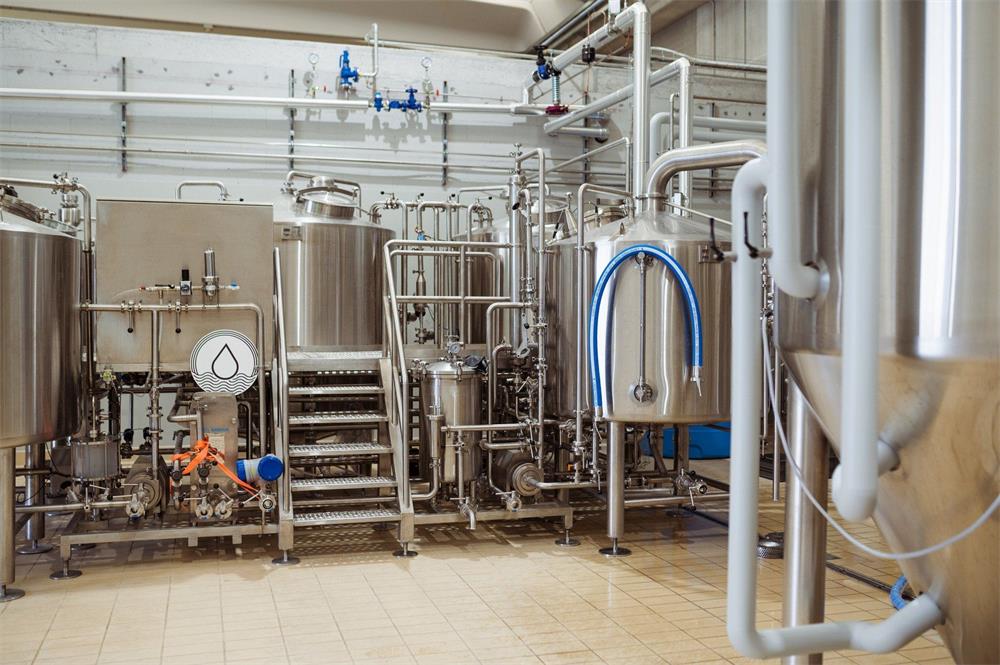
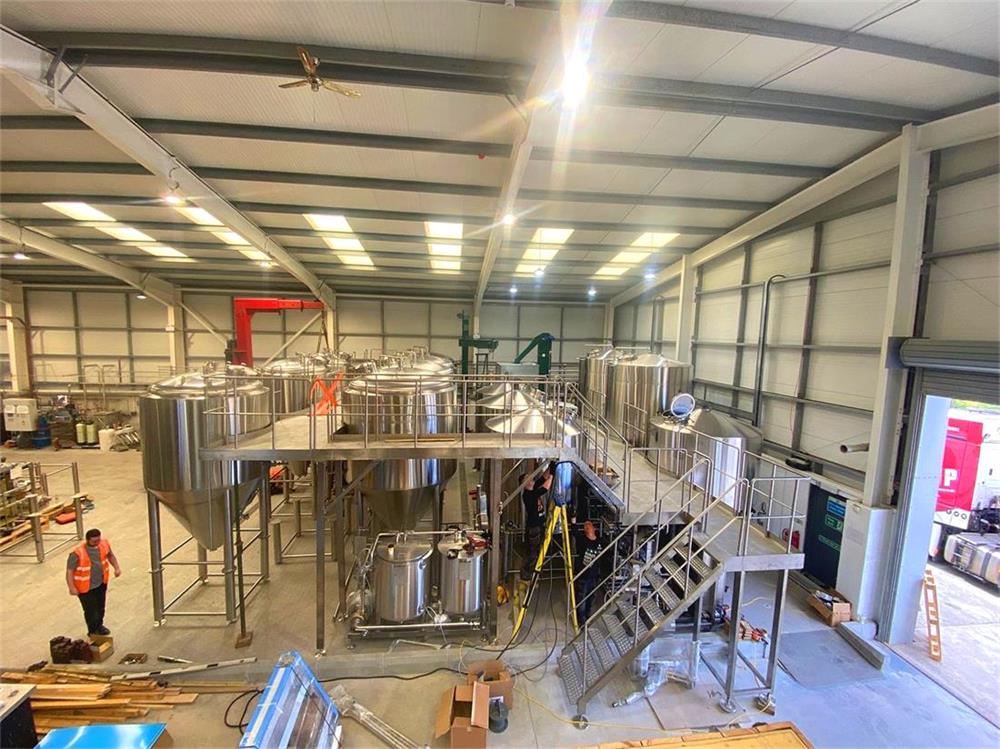

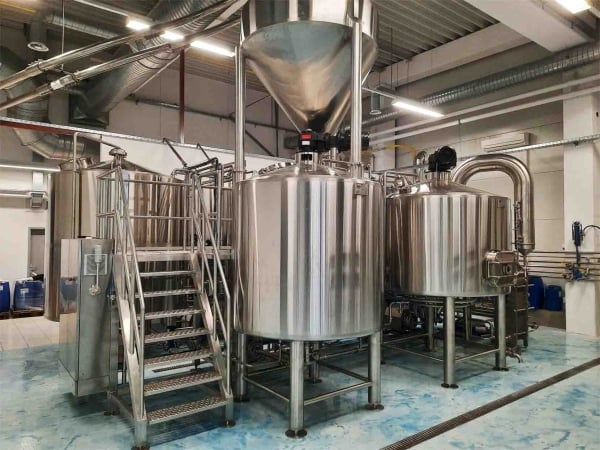
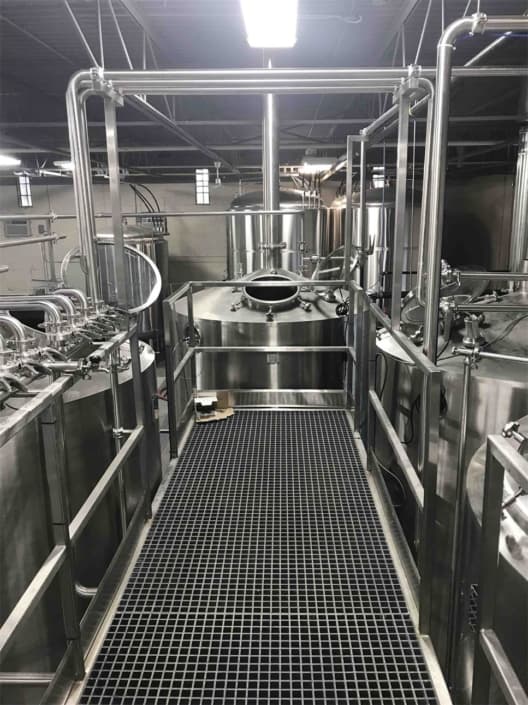
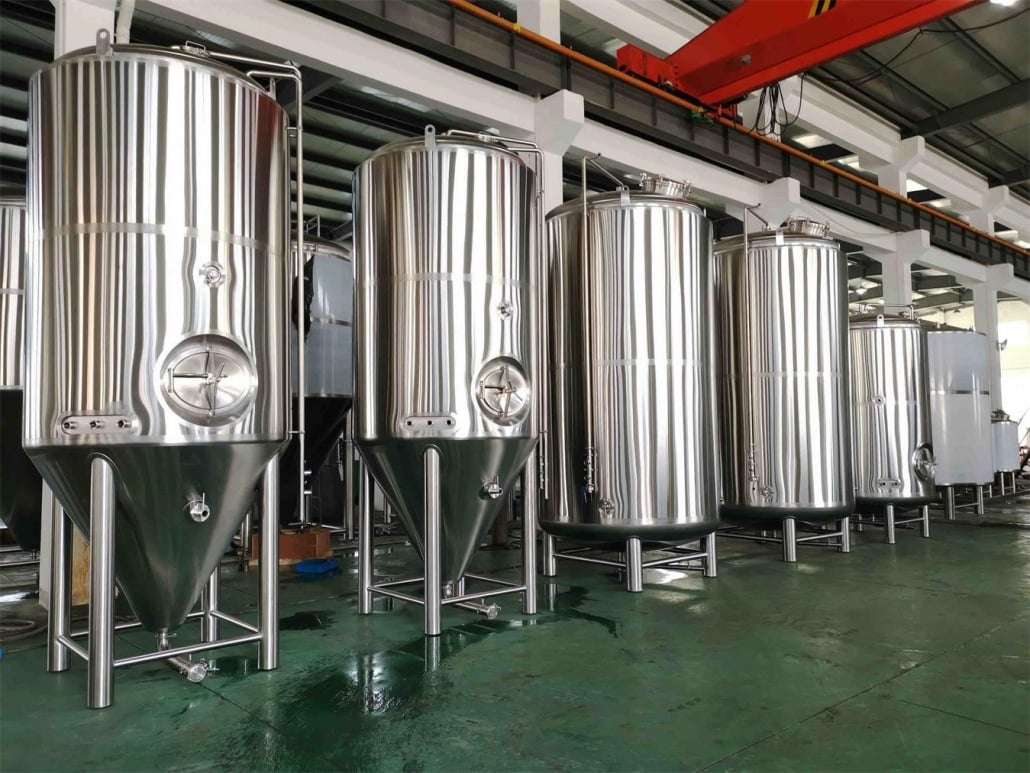
Automated Control in Modern Fermentation Tanks
Automation has revolutionized the fermentation process, turning traditional fermenters into sophisticated machines. Modern fermenters are equipped with:
- Sensors: These monitor temperature, pH, oxygen levels, and agitation speed in real time.
- Control Systems: Automated systems adjust parameters to maintain ideal conditions throughout fermentation.
- Data Logging: Continuous data recording allows operators to analyze trends and optimize future runs.
By reducing human intervention, automated fermenters minimize errors, improve consistency, and enhance scalability. Imagine a chef with a perfect memory and infinite patience—that’s what automation brings to fermentation.
Design and Working Principle of Industrial Fermenters
Industrial fermenters are designed with precision to meet diverse production needs. Here’s a closer look:
Key Components
- Vessel: Usually made of stainless steel for durability and sterility.
- Agitator: Ensures uniform mixing of nutrients and microorganisms.
- Aeration System: Supplies oxygen in aerobic processes.
- Cooling System: Maintains optimal temperatures to prevent overheating.
- Sampling Ports: Allow for periodic testing without contamination.
Working Principle
The process begins by sterilizing the vessel to eliminate contaminants. Next, the substrate and microorganisms are introduced. The fermenter maintains optimal conditions for the desired fermentation reaction, after which the product is harvested and purified.
Think of it like gardening—you prepare the soil (sterilization), plant the seeds (microorganisms), and create the perfect environment for growth (controlled conditions).
Application Areas of Industrial Fermenters
Industrial fermenters are incredibly versatile. Here are some of their primary application areas:
- Food and Beverages: Production of dairy products, alcoholic beverages, and soy-based products.
- Pharmaceuticals: Manufacturing antibiotics, vaccines, and therapeutic proteins.
- Biofuels: Large-scale production of ethanol and biodiesel.
- Environmental Applications: Biogas production and wastewater treatment.
- Research and Development: Experimentation in biotechnology and microbiology labs.
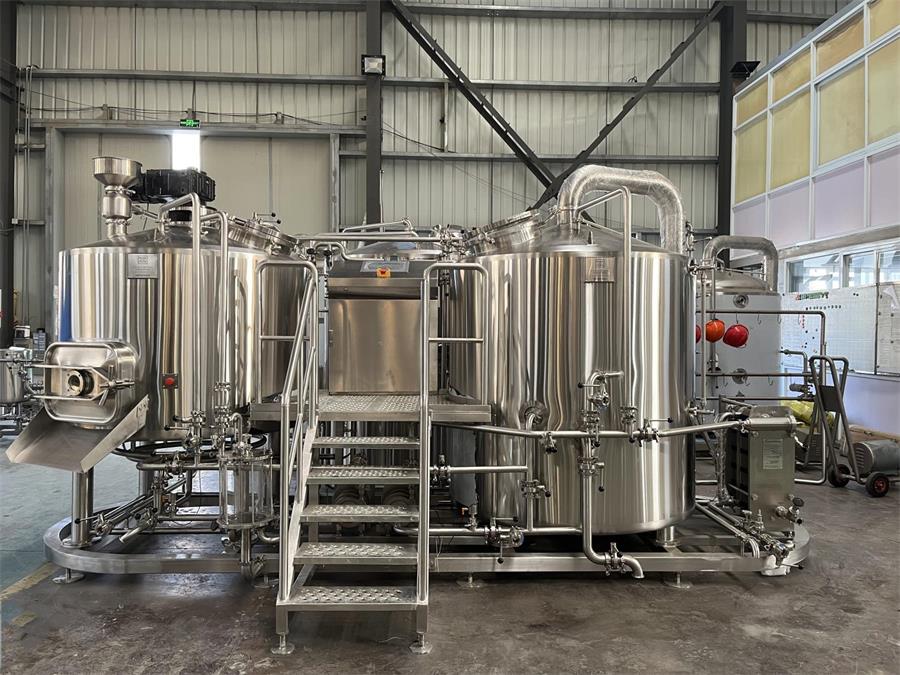
Advantages and Challenges of Industrial Fermenters
Advantages
- Scalability: Enable mass production of products.
- Precision: Maintain consistent product quality.
- Versatility: Applicable across various industries.
- Efficiency: Reduce time and labor compared to manual methods.
Challenges
- Cost: High initial investment and maintenance costs.
- Complexity: Requires skilled operators and precise control.
- Contamination Risks: Can lead to batch failures if not managed properly.
FAQs
| Question | Answer |
|---|---|
| What is the purpose of an industrial fermenter? | To produce biological products on a large scale under controlled conditions. |
| How is a fermenter sterilized? | Using steam or chemical sterilization methods to eliminate contaminants. |
| What are common materials used in fermenter design? | Stainless steel and glass for durability and sterility. |
| Can fermenters be used for both aerobic and anaerobic processes? | Yes, but they require specific configurations for each type. |
| How does automation improve fermenter efficiency? | By maintaining optimal conditions, reducing errors, and enhancing consistency. |

